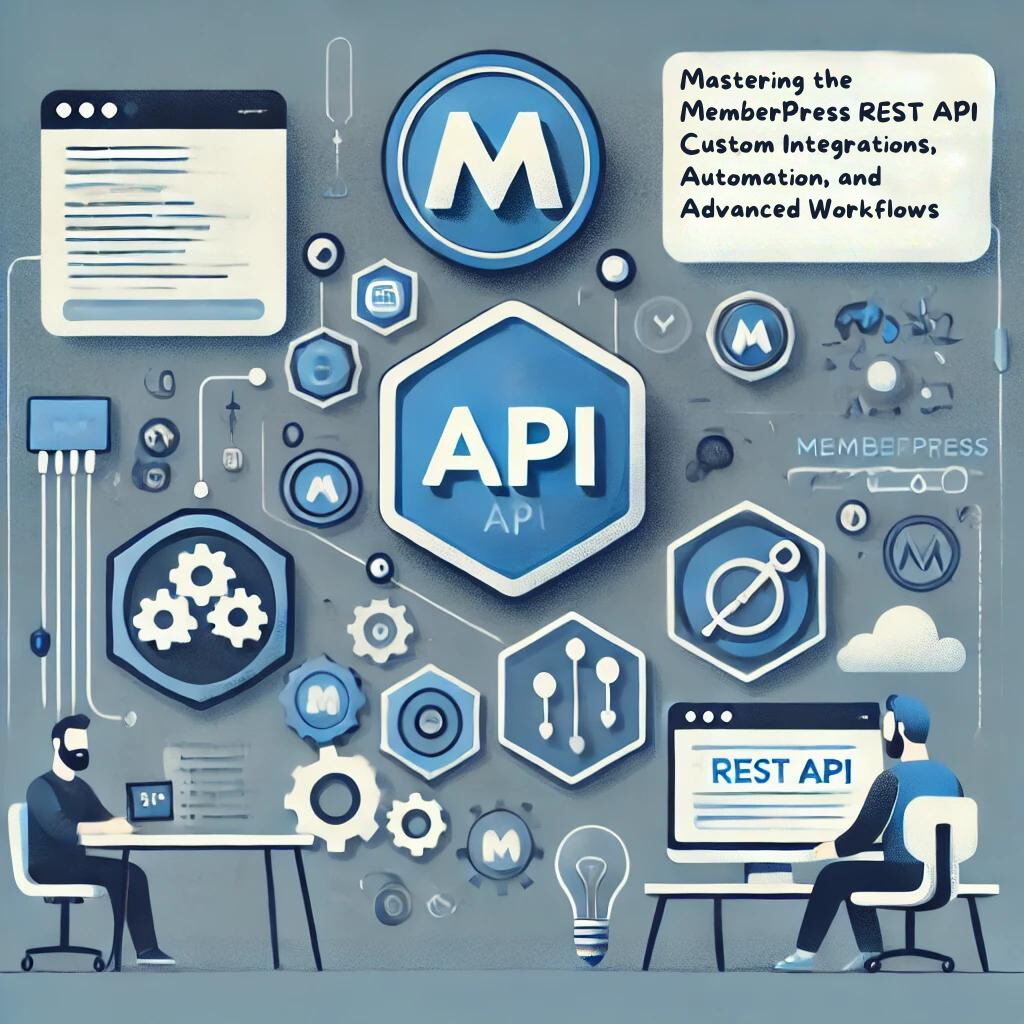🔑 Key Use Cases for MemberPress REST API
🔼 Fundamental Concepts of the MemberPress REST API
💡 Examples and Metaphors: Understanding MemberPress REST API Use Cases
📚 Expanding Your Knowledge of MemberPress REST API and Beyond
🧪 Tests and Simulations: Exploring the MemberPress REST API Hands-On
➕ Taking MemberPress REST API to the Next Stage
📚 Advanced Concepts for MemberPress API and Integrations
🧪 Tests and Simulations: Creating Custom API Endpoints, Testing OAuth Workflows, and Advanced Payment Automations
2. 🔐 Testing OAuth 2.0 Workflows for Secure API Authentication
OAuth 2.0 is one of the most secure methods for authenticating API requests, especially if you need to authorize third-party apps or external systems to interact with your MemberPress API.
Example: Implement OAuth 2.0 Authentication for the MemberPress API
Steps:
- Set Up an OAuth Server:
- You can use an external OAuth provider like Auth0 or Keycloak to manage authentication tokens.
- In this example, we’ll assume you’ve set up an OAuth provider (such as Auth0) and obtained a Client ID and Client Secret.
- Obtain an Access Token:
- Use Postman to request an OAuth 2.0 token from your provider. Set up the following in Postman:
- Method: POST
- URL:
https://your-oauth-provider.com/oauth/token - Body (form data):
client_id: YOUR_CLIENT_ID client_secret: YOUR_CLIENT_SECRET grant_type: client_credentials
- Click Send to obtain an access token.
- Use Postman to request an OAuth 2.0 token from your provider. Set up the following in Postman:
- Make an Authorized API Request:
- Now that you have an access token, you can use it to make authenticated requests to your MemberPress API.
- In Postman or cURL, set the Authorization header:makefileCopy code
Authorization: Bearer YOUR_ACCESS_TOKEN - For example, retrieve all members:
curl -X GET "https://your-site.com/wp-json/mp/v1/members" \ -H "Authorization: Bearer YOUR_ACCESS_TOKEN"
Customization:
- Token Expiration: Implement token expiration policies to ensure tokens expire after a specific period and can be refreshed using a refresh token.
- Scope Management: Assign different scopes to tokens to control what parts of the API third-party applications can access (e.g., read-only access to member data).
